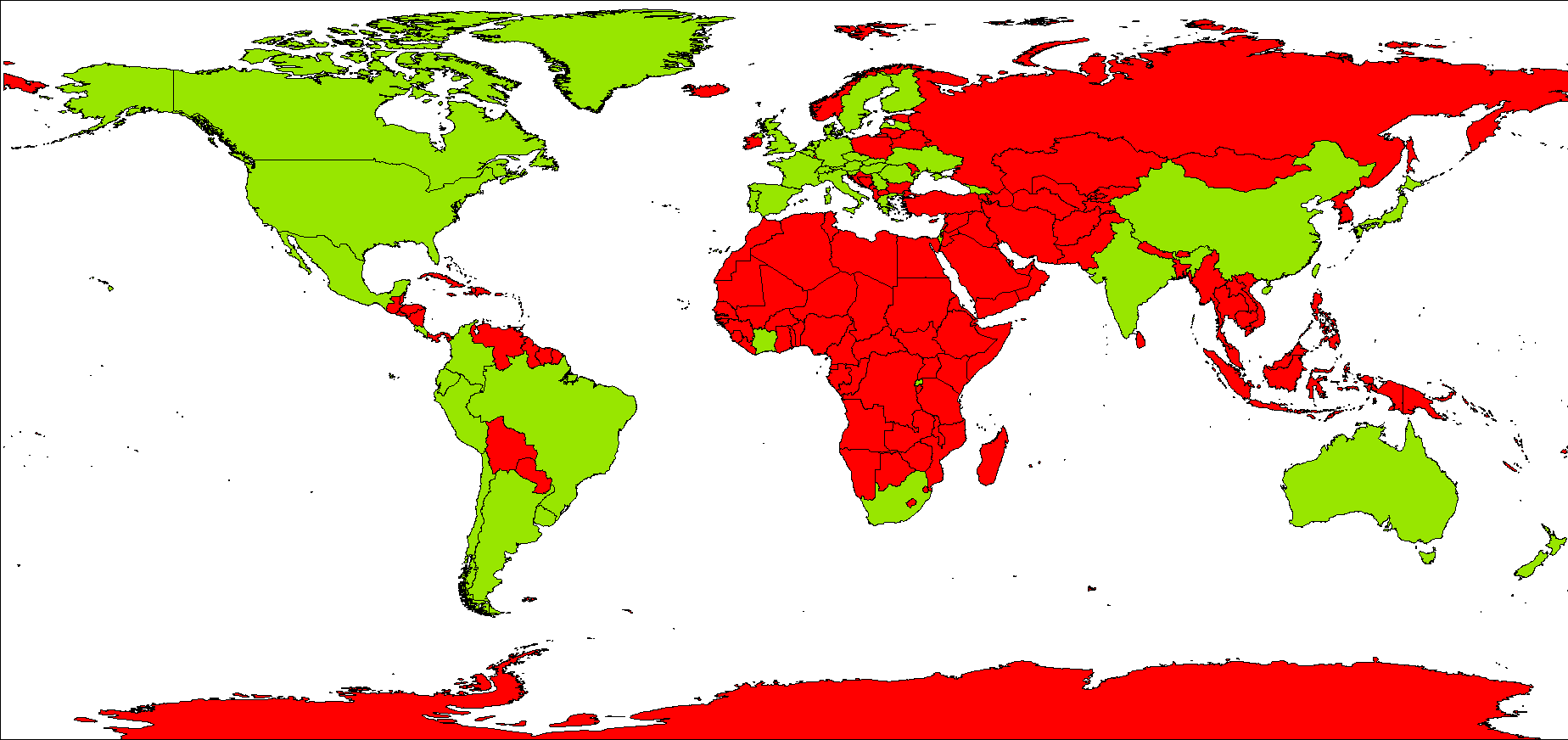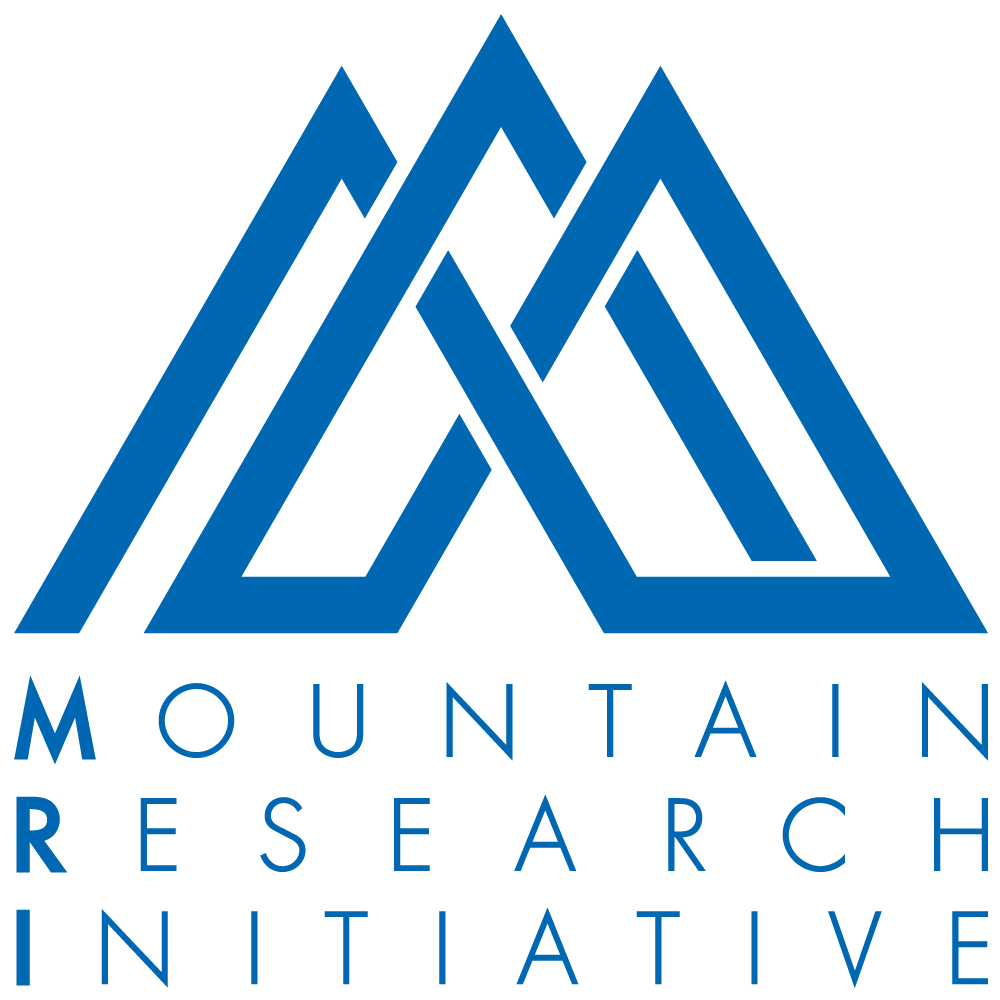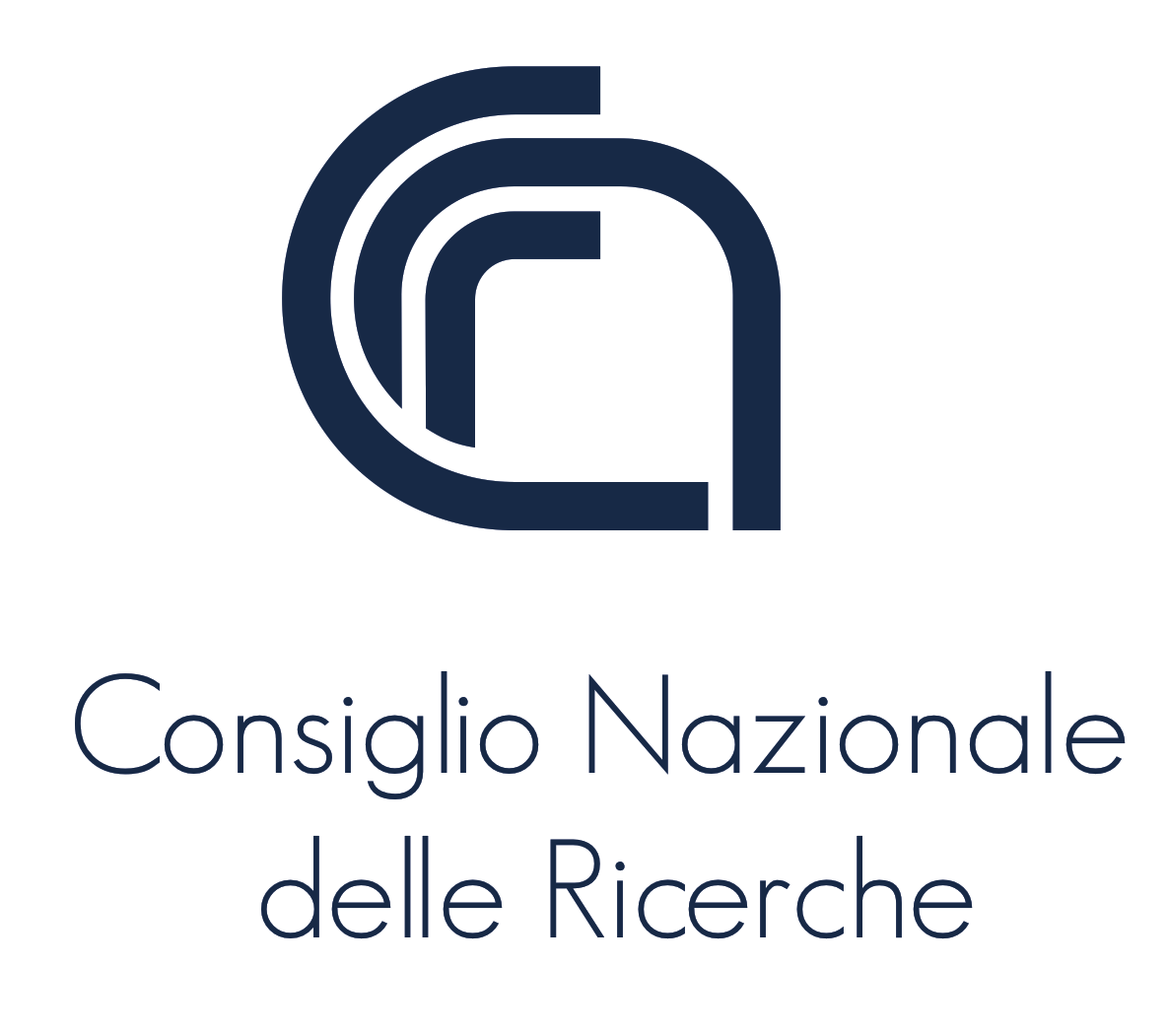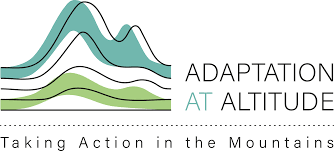SoilBON is an open network of scientists and practitioners that aims to create a research platform for tracking and assessing soil biodiversity and functions across the world, particularly in mountain areas.
As a first step, this primarily means that we need to have a balanced distribution of sampling sites across the world without much clustering and overlap. In the past few weeks we have been gathering collaborators all over the world, but we are still far from having a balanced and well represented distribution of global soil conditions.
This is particularly critical in regions like Africa, Southeast Asia, Russia, and the Balkans (see regions in RED in the map below). These regions are often missing in many macroecological soil assessments, and we would like to find motivated collaborators that can help us to remove them from the global blind spots of soil ecology. If you are one of these motivated people, if you are in one of the RED countries, we need you!

You don’t need to work specifically with soils, but for participating in SoilBON, it is important to have in mind some basic aspects, all of which are described in the information below. Some technical details regarding site selection:
- Each collaborator is required to sample soils in at least two paired sites (i.e., for the same ecosystem type; ideally, a sample should be taken inside a conservation area, and one outside conservation areas)
- We do NOT aim to have a managed vs. non-managed comparison between sites. What we aim for is for a comparison (for the same system) between nature conservation and non-conservation areas. If such comparison is not possible, we may still take your sites on board, but please be aware that if this is the case, your site may be excluded from some analysis regarding the influence of nature conservation on soil biodiversity.
- For this first stage, site selection does not include urban or industrialized areas. They may be added in the future. Also, ongoing experimental sites (i.e., sites or plots with experimental manipulation of environmental conditions like nutrient addition [e.g., Nutnet], precipitation reduction [e.g., Drought-Net], application of pesticides [e.g., BugNet], etc.) are not the focus of this call.
- Sites need to be geographically independent. As a rule of thumb, >1km between paired sites and >50km between pairs. This is just the bare minimum to guarantee that we have a proper environmental coverage of the globe and that we do not fall in traps regarding spatial clustering of samples.
- Site selection will be finalized using an approach similar to the one used in Guerra et al., 2020 (Nat.Comm.)
- Soil sampling needs to be conducted using a standard sampling kit provided by SoilBON.
- Also, samples are supposed to be taken every 3 years and, if your country is in one of our blindspots globally, we will have specific funding for you, specifically for the shipping expenses. As stated below, all the analyses are also free of charge.
- SoilBON works under the principle that both the soil and the data coming from the analyses belong to the individual collaborator, but SoilBON is allowed to use it and publish it as an open-access dataset for the purpose of large-scale ecological analyses and assessments, e.g., in the context of open databases like GBIF (www.gbif.org) or Edaphobase (www.edaphobase.org, www.eudaphobase.eu).
- SoilBON works under the principle of equality of treatment among collaborators; therefore, given the high level of standardization required for both the sampling and the analyses of the samples taken, for samples coming from Africa, developing countries, or from ‘global blindspot’ areas [sensu, (Guerra et al. 2020), excluding developed countries], specific funding to cover all shipping costs related to the transport of soil samples and sampling kits will be provided.
- We also kindly ask all collaborators to support us in meeting the legal requirements of your countries. We will support you with that.
- All laboratory analyses done in the scope of this activity are free of charge to any collaborator.
Ideally, if you want to become a collaborator, you can send us an email confirming that with a proposed set of locations (xy in WGS84) (some basic characteristics are or like land-cover type and biome would be great, but further characterization will be done afterwards). We can then pick up from there and start a conversation and, eventually, the necessary legal procedures to be able to ship soils from your country.
Please let us know if you have further questions and we hope to have you on board.
Read Guerra et al. (2020) here, and find supplementary information here.
Read more about SoilBON here.
Find specific information for collaborators here and the field sampling protocol here.
For further questions, please contact:
Carlos A. Guerra
Researcher @ Experimental Interaction Ecology
Co-Lead of the Global Soil Biodiversity Observation Network (SoilBON)
German Centre for Integrative Biodiversity Research (iDiv) Halle-Jena-Leipzig
Email: carlos.guerra@idiv.de

Image by Antonios Ntoumas.









